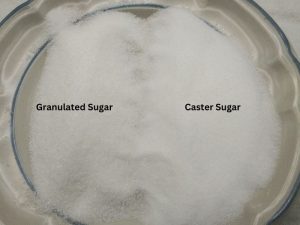When baking, a common question pops up: “Can I substitute granulated sugar for caster sugar?” The answer isn’t just a simple yes or no. While both are sugars, they have different roles in our recipes. In this article, we’ll explore when you can make the switch and when it’s best to stick to the original sugar.
Understanding Sugars: The Sweet Basics
Sugar isn’t just the sweet stuff that makes our treats yummy. It’s a key player in the baking game, affecting texture, color, and even how a baked good rises. Let’s get to know our two main sugars a bit better.
What is Granulated Sugar?
Granulated sugar is like that trusty old friend you’ve known forever. It’s the most common sugar you’ll find in kitchens around the world. With its medium-sized, sparkly crystals, it’s the all-rounder of the sugar world.
- Texture & Feel: When you rub it between your fingers, it feels gritty, like fine sand at the beach.
- Baking Superpowers: It’s great for giving structure to cookies and making cakes that are just the right level of fluffy. Plus, it caramelizes beautifully, giving baked goods a lovely golden color.
- Taste Test: It’s sweet, of course, but in a straightforward way. No fancy flavors here, just good old sweetness.
Here is a read about why sugar is important in baking.
What is Caster Sugar?

Caster sugar, also known as super-fine sugar or baker’s sugar in some places, is the refined cousin of granulated sugar. It’s all about precision and delicacy.
- Texture & Feel: It’s finer than granulated sugar. If granulated sugar feels like sand, caster sugar feels like dust. It’s silky to the touch.
- Baking Superpowers: Its fine grains mean it dissolves super quickly. This makes it a favorite for delicate tasks like making smooth syrups, airy meringues, or soft sponge cakes that feel like clouds in your mouth.
- Taste Test: Just like granulated sugar, it’s sweet. But because it’s so fine, it can feel a bit lighter on the palate.
Can I Substitute Granulated Sugar For Caster Sugar?
Every baker has faced this moment: standing in the kitchen, recipe in hand, realizing they’re out of a specific sugar. The big question pops up: “Can I use this sugar instead of that one?” Let’s break down the sweet science of swapping granulated sugar for caster sugar, and vice versa.
When is it Okay?
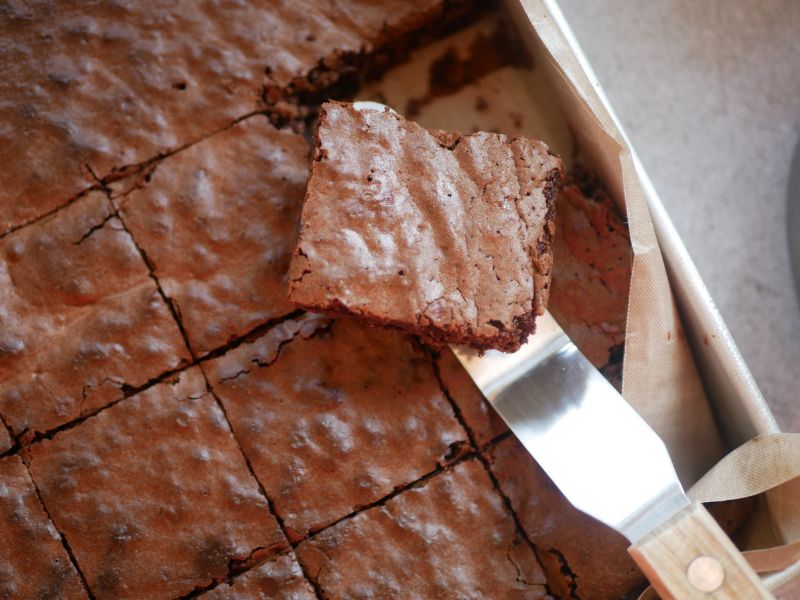
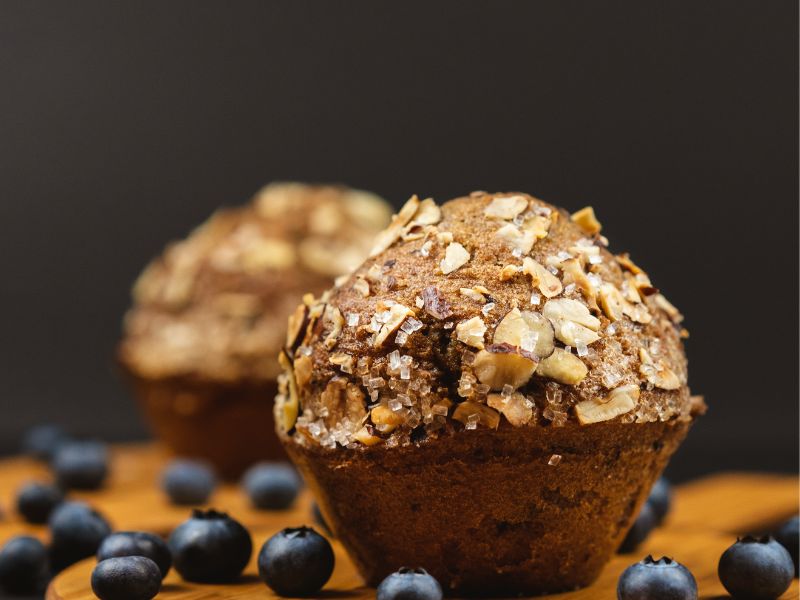
Swapping sugars isn’t always a straight path, but there are times when it’s a breeze.
- Cookies & Brownies: These treats are forgiving. Whether you want them chewy, crispy, or fudgy, both sugars can do the job. The difference? Granulated might give a slightly grainier texture, while caster sugar could make them a tad smoother.
- Cakes & Muffins: If you’re after a light and fluffy cake or muffin, both sugars can step up. Just remember: caster sugar might make your batter a bit smoother, which can lead to a softer crumb.
When Should You Think Twice?
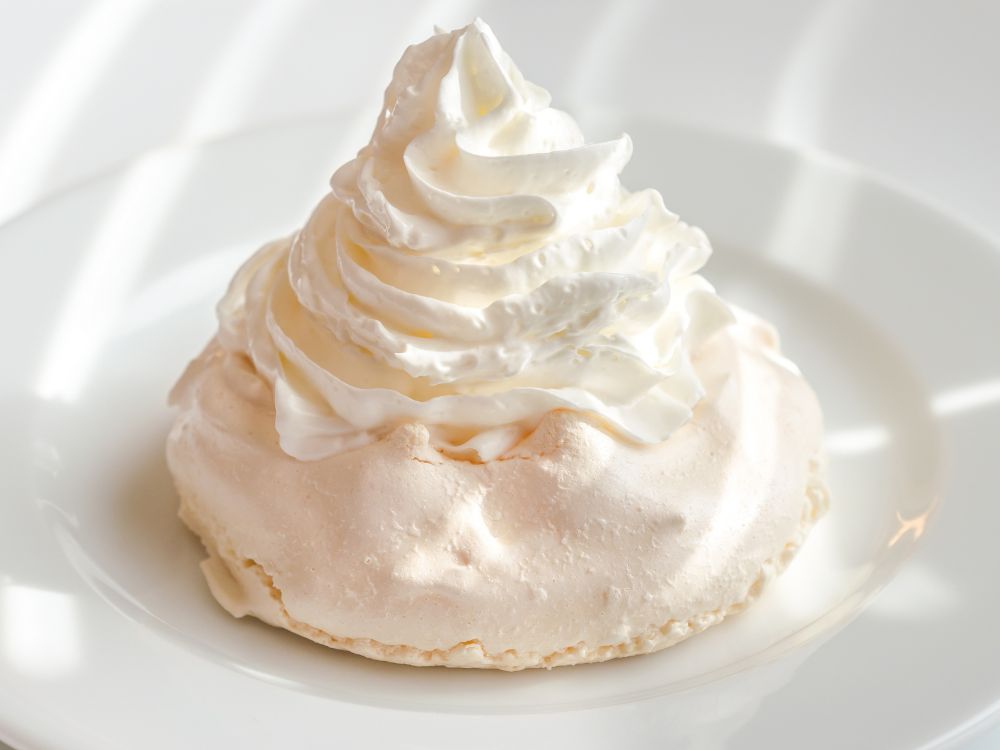
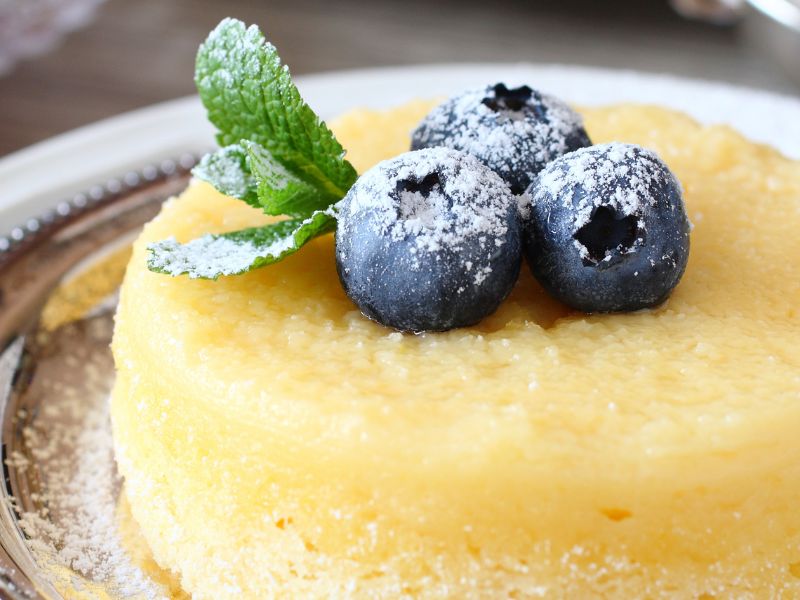
While many recipes are flexible, some are a bit picky about their sugar.
- Delicate Desserts: Think of things that are airy and light, like meringues, soufflés, or certain frostings. Caster sugar is the champ here because it dissolves quickly and easily.
- Cold Mixes: If you’re making something that doesn’t need cooking or baking, like a cold drink or a no-bake dessert, caster sugar is your buddy. It’ll blend in without leaving a gritty feel.
Tips for Making the Switch Successfully
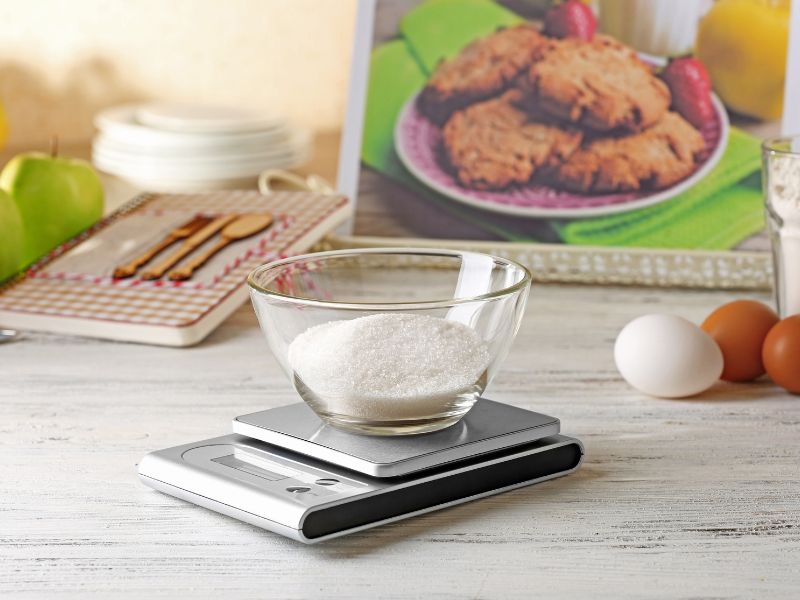
Switching between granulated and caster sugar might seem like a small step, but in the world of baking, even tiny changes can make a big splash. If you’re thinking of swapping one sugar for the other, here are some golden tips to ensure your treats turn out tasty every time.
1. Weighing is Winning
Different sugars have different crystal sizes, which means a cup of one isn’t exactly a cup of the other. Always use a kitchen scale. It’s more accurate than volume measurements like cups or spoons. This way, you’re sure to get the sweetness just right.
2. The Quick Blender Hack
Sometimes, you just need your granulated sugar to be a bit finer, especially if the recipe calls for caster sugar. If you’re in a pinch, pop your granulated sugar into a blender or food processor. A few quick pulses, and you’ll have a finer sugar. It won’t be a perfect match for caster sugar, but it’ll be pretty close.
3. Adjusting for Texture
The sugar you choose can affect the texture of your baked goods. Caster sugar might make things smoother, while granulated sugar can add a bit of crunch. If you’re using granulated sugar instead of caster, consider sifting it first. This can help remove any larger crystals and give a smoother finish.
4. Keep an Eye on Color
Sugars can caramelize differently. This means they can change the color of your baked goods when exposed to heat. If you’re after a specific color, like a pale cookie or a golden brown cake, watch your bake closely. You might need to adjust the baking time a little.
Remember, baking is as much about science as it is about art. While these tips can guide you, don’t be afraid to trust your instincts and experiment a little. After all, every baker has their own sprinkle of magic to add to the mix.
Final Thoughts
So, after exploring the world of sugars, we’ve learned a lot. Swapping granulated sugar for caster sugar can work, but it’s good to know when and how to do it. Both sugars have their special jobs in baking. Sometimes they can be switched, and sometimes it’s better to stick with what the recipe says. The key is to understand and experiment. Remember, no matter which sugar you pick, it’s the love you put into your treats that makes them truly sweet!
Please leave me a comment below with your thoughts and experiences with sugar.
And As Always
Keep On Baking!
Taianne
Share The Love

I’m Taianne, the owner and operator behind We Are Baking. Baking my first cake at age 11 hooked me on creating sweet treats. Though my interest faded during childhood, it was rekindled when I married my apple pie-loving husband. I love trying new recipes, tweaking classics, and helping others learn the science and art of baking. I started We Are Baking to share tips, tricks, and favorite recipes I’ve discovered over the years. When not in the kitchen, I enjoy spending time with family and friends. My goal is to inspire others to embrace their creativity through baking. Feel free to contact me with any questions!
Taianne@wearebaking.com

